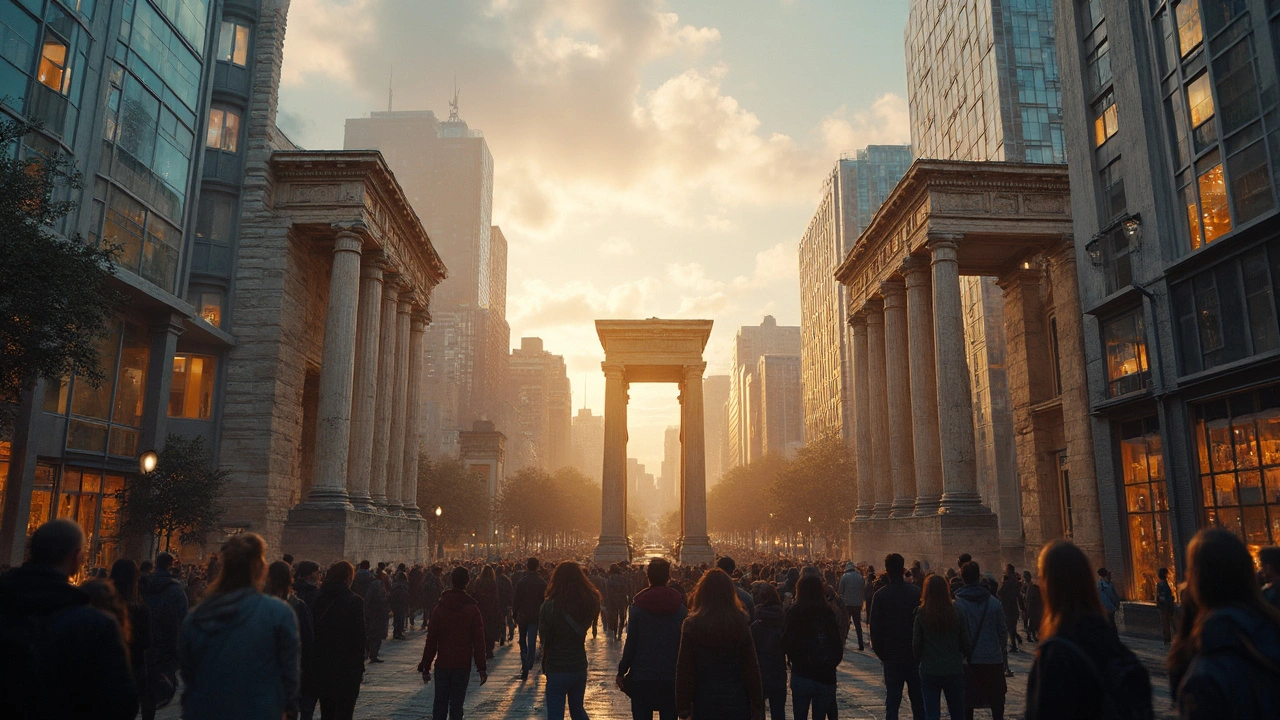Explore why ancient Roman architecture still matters today, uncover its clever innovations and the timeless ways it shapes our world.
Roman Influence in Architecture: The Rules Rome Left Behind
Roman concrete still holds the Pantheon dome after nearly two thousand years. That single fact explains why Roman influence matters: their techniques created buildings that last, shapes that repeat, and public spaces that teach us how to organize cities. You see Rome's fingerprints everywhere, often without realizing it.
Rome gave architecture tools more than a style. Arches, vaults, domes, and a new kind of concrete let builders span huge spaces. Urban planning, roads, aqueducts, and public baths shaped how people moved and met. Later movements—Renaissance, Neoclassical, Beaux-Arts—borrowed these tools and dressed them in new clothes.
Roman building tricks you still see today
Arches and vaults show up in train stations, bridges, and shopping arcades. The dome is the signature of civic pride from St. Peter's to modern capitols. Look for rhythmic arches, barrel vaults in basements and subways, and monumental domes crowning city halls and courthouses.
Columns, pediments, and classical orders traveled from Roman temples into banks, museums, and university buildings. Facades that use symmetry, pilasters, and layered stonework are often following Roman rules for proportion and authority. Architects use these cues to signal permanence and power.
Rome also invented large-scale infrastructure. The grid of streets, durable roads, and engineered water systems shaped how cities expand. Modern highways, sewer networks, and municipal waterworks echo Roman priorities: get people and water where they need to go efficiently.
How to spot Roman influence on a walk
Check for semicircular arches, a row of repeating arches, domes, or a heavy base with lighter upper stories. Spot symmetry along a central axis, wide steps leading to a formal entrance, and classical decorations like friezes or cornices. Even simple public squares borrow the forum idea.
Materials tell a story too. Romans used concrete faced with brick or stone. Today’s cast-in-place concrete and reinforced concrete are descendants of that idea. When you see thick, plain walls with careful openings and few windows, think Roman technique behind the look.
The cultural habits stick as well. Public baths became pools and spas. Forums evolved into plazas and civic centers. Theaters informed the design of theaters and concert halls. Those functional ideas—places to meet, move, and celebrate—are as Roman as the columns.
On this site you'll find deeper looks at styles shaped by Rome. Read about Renaissance architecture and how Italian builders revived Roman forms. Check Beaux-Arts articles to see how 19th‑century planners used Roman symmetry for grand boulevards. Learn about Greek and Neoclassical movements that mixed Greek and Roman details. There are also practical guides if you want to add classical touches to a renovation—proportion rules, matching materials, and when to use a column purely as decoration. Each article links those old Roman ideas to real buildings you can visit or learn from. Start with one nearby building and look.

